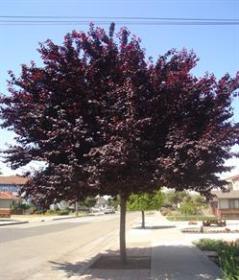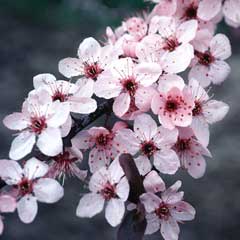Aerification is the most beneficial practice for you lawn besides irrigation. The definition of aerification is “to mix or combine with air.” By performing this action at least once a year it will greatly increase the efficiency of irrigation, nutrient uptake and root development. Along with those benefits aerification will decrease the compaction of the soil.
The best time to aerify your lawn in the Pacific Northwest is May and September. Choosing the correct machine for the project is key, the most common and on average the best to use is a mechanical aerator like the one pictured below. These can be found at almost every equipment rental outlet.

After core aerifying the lawn you will be left with cores of soil, roots, and leaves like the picture below. You can either rake off and dispose of the cores or wait for them to dry out and pulverize them with a rotary mower. Lawns that are heavily compacted or have a thick thatch layer should remove the cores.

After the cores have been dealt with, now is a great time to apply lime, fertilizer and to overseed. By having these openings in the lawn you reduce the chance of these products running off during irrigation and getting the needed water and nutrients to the root level.
The openings that aerification creates allows for increased air movement in the soil and will help create healthier roots. This procedure is very important in shady areas because of lack of air movement and sunlight under a tree canopy. With deciduous (trees with leaves) shade and lawns aerify at least once a year and with coniferous (evergreen trees) shade aerify twice a year and overseed.
With better weather on the way, May is great month to aerify and help you achieve a healthy full lawn to enjoy this summer.













